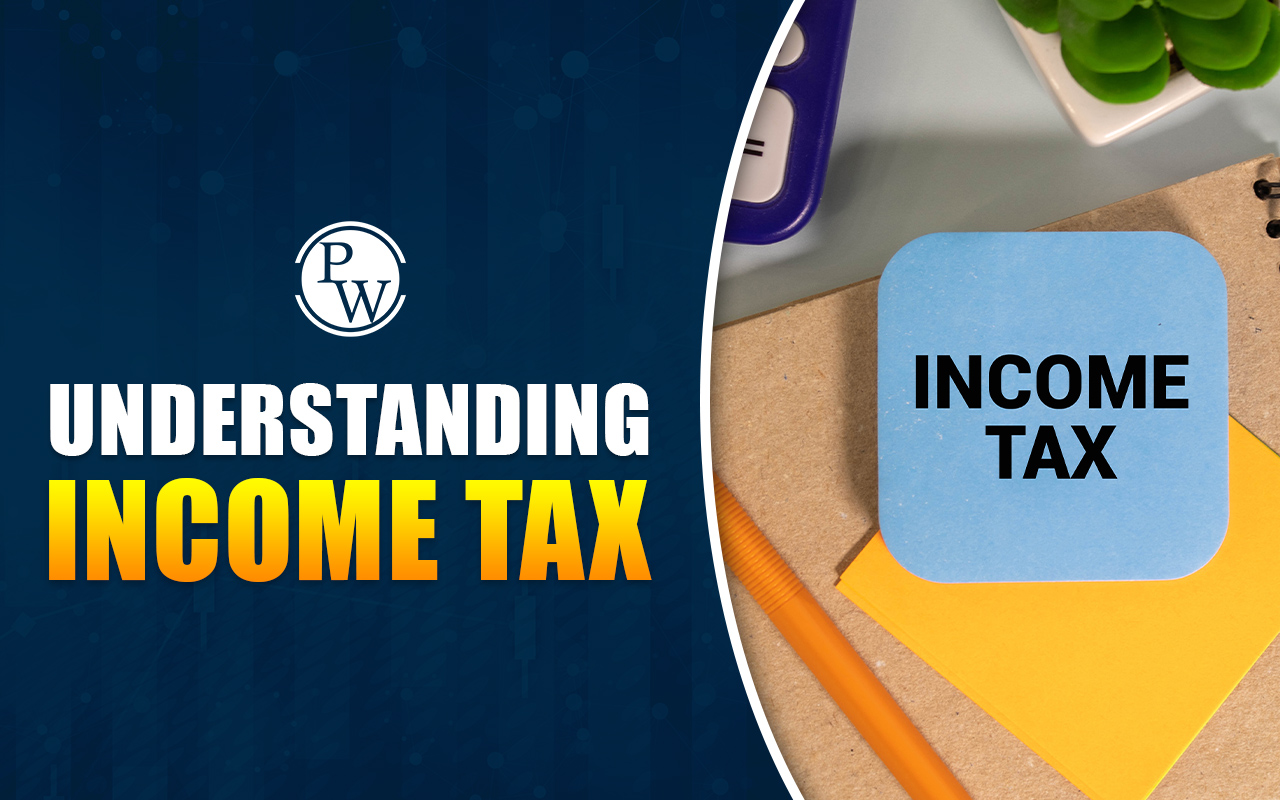
Stock options are a widely used investment tool in the financial market, often included in employee compensation packages. Many organizations offer stock options as a bonus or incentive to reward and retain their workforce. By understanding stock options, individuals can maximize their benefits, make better decisions about their compensation, and effectively manage their options.
Here, we provide a detailed guide to stock options explained, the concept of employee stock options, their benefits, and key factors to consider when you purchase stock options or participate in a stock option plan. Additionally, we explore the different types of stock options and how they fit into strategies for investing in stock options and managing stocks and options effectively.
What Is a Stock Option?
A stock option is a financial contract that gives the buyer the right, but not the obligation, to buy or sell shares of a company at a predetermined price, known as the strike price, within a specified period. As a type of financial instrument linked to an underlying asset, stock options play a significant role in the finance world and stock market.
The value of a stock option depends on the difference between the current market price of the stock and its strike price. Many organizations use stock options as part of their employee compensation packages. These derivative stock options allow employees to purchase company shares at a set price for a limited time. This approach incentivizes employees to drive the company's growth and success.
When employees receive stock options, they sign a contract that clearly defines the terms and conditions of the stock option plan, including details about how and when they can purchase stock options.
Read More - How To Become A Stock Trader (With Skills And Salaries)
Different Types of Stock Options
In the world of stocks and options, two primary types of stock options are commonly traded on standard exchanges:
Call Options
A call option gives the buyer the right to purchase a stock or asset at a predetermined price (strike price) within a specified period. Investors typically choose call options when they expect the value of the stock to rise in the future. Once the stock price surpasses the strike price, the investor can exercise the option to buy the asset at the lower agreed-upon price, potentially earning a profit.
Put Options
A put option allows the buyer to sell a stock or asset at a predetermined price within a specific timeframe. This type of investment is beneficial when the stock's value is expected to decrease. By exercising the put option, the investor can sell the asset at the agreed-upon higher price, profiting from the price difference.
Understanding these different types of stock options is crucial for making informed decisions when investing in stock options or developing a stock option plan.
Characteristics of Stock Options
Beyond call options and put options, stock options have several defining characteristics that are essential for effective stock options trading:
Expiration Date
The expiration date is the deadline by which an investor expects the stock value to either rise or fall. Selecting the right expiration date requires analyzing market trends and historical data. Depending on the stock option type, profits can be made by exercising the option before it expires. Anticipating when the asset’s value will peak or dip is crucial to setting this date.
Strike Price
The strike price is the predetermined price at which an investor can buy (in the case of a call option) or sell (for a put option) the stock. Investors often buy call options when they anticipate the stock price will rise above the current market price. Once the stock reaches or exceeds the strike price, the option can be exercised for a profit.
Premium
The premium is the cost of purchasing the stock option. It is calculated by multiplying the price of the option by the number of contracts and then by 100 (as one contract typically represents 100 shares). If the stock option expires without achieving its value, the investor loses the premium, representing the total amount invested in the option.
Contract Size
The contract size indicates the number of shares in the option, with one contract generally equaling 100 shares. Traders can buy or sell as many contracts as they like, based on their risk tolerance and confidence in the stock’s future performance. For example, purchasing five contracts for a company’s stock means acquiring options for 500 shares.
Understanding these characteristics is essential for managing a stock option plan, investing in stock options, and mitigating risks in stocks and options trading.
Read More - 25 Common Share Market Interview Questions and Answers for Freshers
What Are Employee Stock Options (ESOs)?
Employee stock options (ESOs) are a form of equity-based compensation that organizations offer to their employees. These options allow employees to purchase company shares at a discounted price when the stock’s value increases. Unlike standard traded or listed stock options, ESOs cannot be sold or transferred.
Once the stock price exceeds the strike price, employees can exercise their options, buying shares at the discounted rate and either selling them for a profit or retaining ownership.
ESOs are typically subject to specific conditions:
-
Limited to Certain Employees: Not all employees may receive stock options; they are often reserved for key roles or high performers.
-
Set Number of Shares: ESOs represent a fixed percentage of the company's total shares.
-
Specific Price: The purchase price offered to employees often differs from the publicly available market price.
-
Defined Time Period: The options must be exercised within a set timeframe, which may vary based on the role or number of shares allocated.
Benefits of Employee Stock Options
Organizations use ESOs for several strategic reasons, such as:
-
Attracting Talent: Offering ESOs enhances compensation packages, making the organization more appealing to top candidates.
-
Increasing Retention: Employees rewarded with stock options are more likely to stay with the company, reducing turnover.
-
Promoting Ownership: ESOs instill a sense of ownership, encouraging employees to contribute to the company’s growth and success.
-
Rewarding Success: By aligning rewards with company performance, ESOs incentivize employees to work efficiently and achieve goals.
Employee stock options are an integral part of many stock option plans, helping companies foster long-term employee engagement and align individual efforts with organizational success.
Factors to Consider When Exercising Stock Options
Understanding stock options is crucial to making the most of your employee stock option plan. The following are some essential factors to guide your decision:
1. Evaluate Your Financial Needs
Before you purchase stock options, assess your current financial situation. If you need immediate cash, whether to repay a large loan, handle unexpected emergencies like medical expenses, or fund significant expenses such as relocation or higher education, exercising stock options can be a smart move. This strategy can help you unlock capital when you need it most.
2. Monitor Market Trends
Investing in stock options requires staying updated on market trends. If you foresee higher returns from another investment, you may want to exercise your options and reinvest.
Similarly, if your company's performance is declining or you suspect a stock market crash, diversifying your investments could help minimize losses. Keep an eye on macroeconomic factors and stock market volatility to make informed decisions.
3. Plan for Taxes and Financial Goals
Exercising your stock options explained: it can lead to a higher tax liability if not planned carefully. Selling company stocks often triggers taxable gains, so it’s wise to plan your income and deductions to minimize these impacts.
Instead of exercising all your options at once, consider spreading them over time to reduce the tax burden in a single year. Consulting a financial planner can help you navigate taxes, reinvest profits effectively, and optimize your overall stock option plan.
By understanding stock options and making well-informed choices, you can maximize your financial benefits while mitigating risks. Whether you’re new to stocks and options or exploring different types of stock options, a thoughtful approach can ensure a profitable outcome.
Learn the Basics with PW Stock Market for Beginners Course
Gain a clear understanding of stock options, market fundamentals, and essential trading strategies. This stock market course for beginners is designed to equip beginners with the analytical skills and confidence required to navigate the stock market effectively and make informed investment decisions in a professional environment.
FAQ
What is the main purpose of a stock option?
What is the difference between a call and a put option?
Are employee stock options taxable?
Can stock options expire worthless?
Who should consider stock options as part of their investment strategy?










